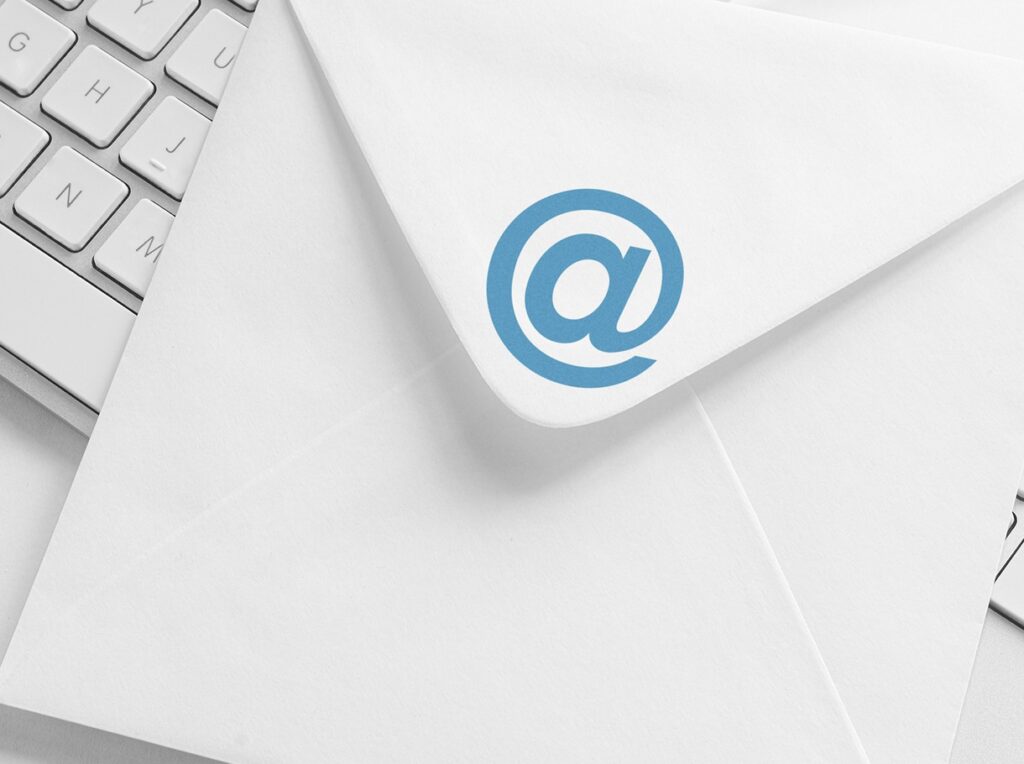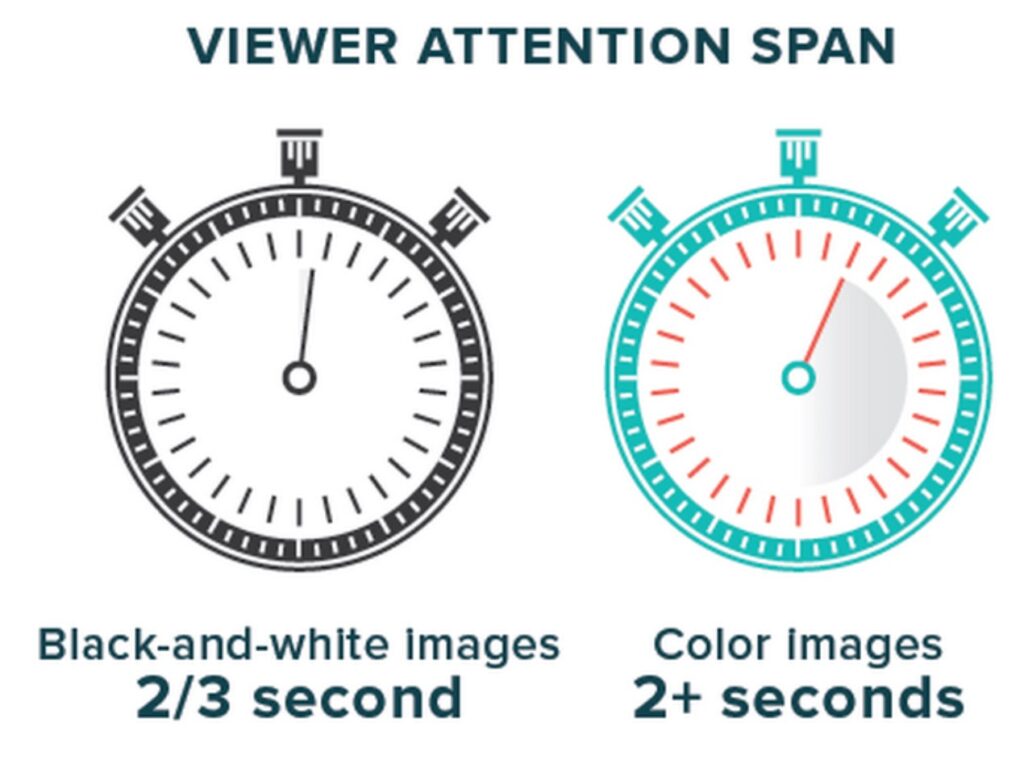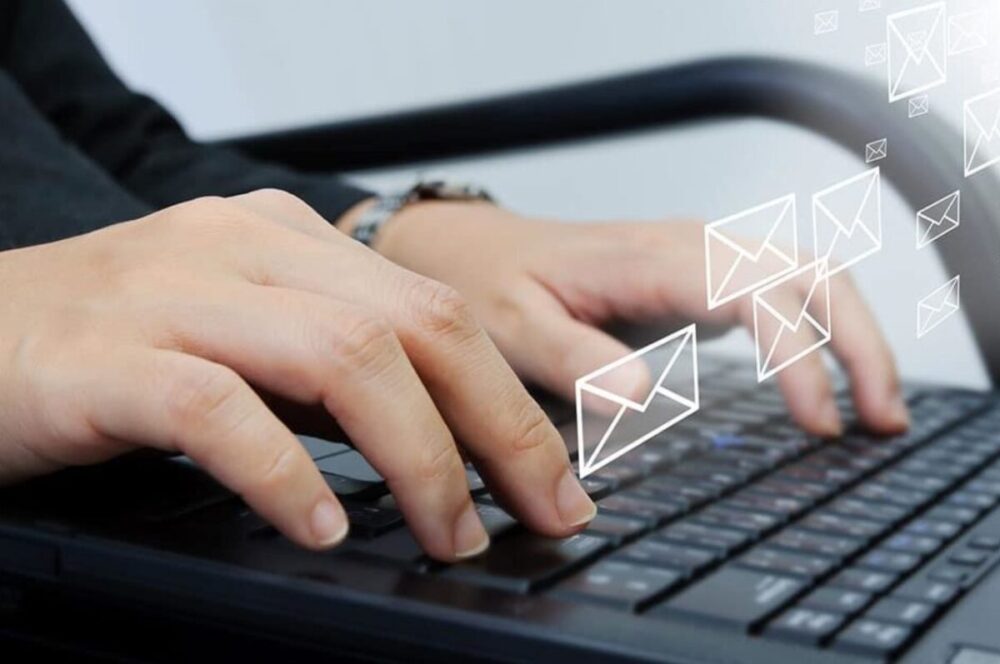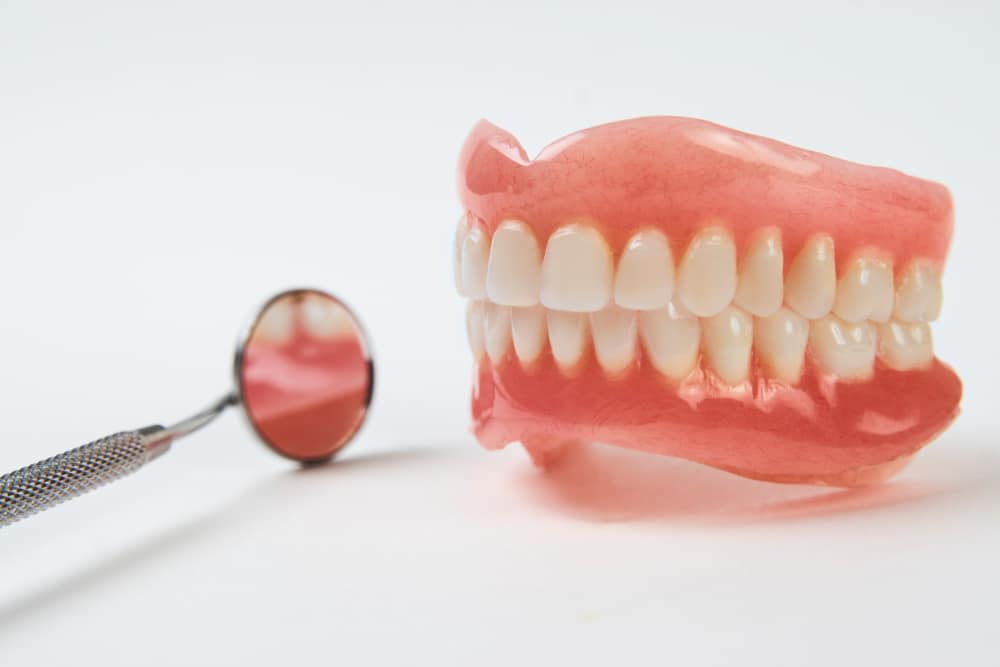Images have become one of the most common elements in emails, and they play an important role in engagement, conversions, and deliverability. Thus, marketers are very careful while choosing images as they are also one of the most difficult elements to work with. Many email clients turn off images by default, which can cause a serious dent to your reputation as a sender and confuse your recipients. However, this shouldn’t discourage you from catering to the visual experience. The fact that over 65% of Americans are visual learners, you should proactively use images for targeting your audience in a user-friendly way. Today, I am going to share a few things that you should bear in mind while adding images in emails.
The Three Techniques Used For Embedding Images In Emails
Before we move ahead, let us understand how embedding techniques impact it. If you are willing to embed an image in an HTML email template, there are three ways you can apply. Remember that if you don’t embed the images, they will display as an attachment, ruining your message. There are three methods for embedding images in HTML email templates through coding.

CID Image Embedding
Content-ID (CID) is one of the older methods that work with HTML image tags’ that help to give reference to the images so that they load when the user opens the message. It is difficult to use this method as one needs to be highly proficient in HTML coding. On the other hand, CID embedding works properly with most desktop mailbox services, but it faces troubles with web-based email clients like Gmail and Yahoo. The negative side also includes increased email weight. I don’t recommend using it due to email developers’ technical difficulties and poor result consistency across mailbox service providers.
Inline Image Embedding
Inline image embedding is a relatively simpler solution. It requires you to have the encoding scheme base64 string. You don’t need to have any specialized tools or MIME/coding. With the help of the base64 string, you can directly embed the image into the email. Despite being easier than CID, it doesn’t reap many benefits. The visibility issues for webmails continues to prevail even with inline embedding.

Linked Images
This is a great alternative if you are looking for bulk mailing. You have to upload your images to a content delivery network (CDN) and ensure that it is publicly available. As a result, you get lightweight emails, and you can also make changes after sending the message.
As you can see, the best method for adding visuals in emails is to use linked images as they come with strategic benefits. It also saves you from any embarrassment in case you forgot embedding them. If you aren’t using linked images and face such a situation, I recommend sending a revised email acknowledging the glitch as it has more positive effects as opposed to leaving your subscribers confused.
Let us have a look at the tips for using images in emails:
Things To Keep In Mind Before Embedding Images In Your Emails
- Under no situations should you use images that exceed 5 MB in size. The bandwidth issues in certain regions will hamper your deliverability. Using smaller image sizes will help your messages load quickly.
- You should not use a bitmap file format for embedding images. The same goes for SVG file format as it does not render across all browsers.
- It is advisable to go for JPG and PNG formats for getting better deliverability. JPG is relatively lighter in weight, but the lossy compression and non-suitability for images with text should be kept in mind. PNG format removes these problems and even supports transparency. But the larger file size can be a problem.
- When using GIFs, try to reduce as many frames as possible.

Source: Moosend - If you are working with a single-column email template, keep the width of your images limited to 600 pixels at maximum. Also, specify the width and height of sending the message.
- Avoid using outdated stock images especially if you are sending messages to foreign subscribers. I suggest using fresh royalty-free images that are relevant to their culture. In many cultures, white is the color of sorrow while it marks peace in others. Doing some research will save you from looking weird in many such cases.
- Images should only be used as supporting props. Many inbox providers turn off images automatically, and packing all your copy inside the image is therefore not advisable. It also triggers ISPs and spam filters as image-only messages are frequently used by spammers.
- Don’t put up large images in emails at the higher positions in the email templates.
- Maintain a healthy image to text ratio of 20:80.
- To get the ideal combination for maximum CTR, have around 20 lines of text against two or three images.
- The human mind processes image 600,000 x faster than text. Ensure that the images are used to convey a relevant message, and it is optimized according to the viewer’s attention spans.
- Just like websites, use stock images for royalty-free pictures to safeguard your legal interests.
- Make use of color images. Black and white images not only look odd (except in a monochrome design theme) but they also lessen the engagement rate. Color images rope in at least 3 times the attention span of your readers:

- Always provide alt text for every image you embed. Also, keep the styling of old text as per the image so you can define your message appropriately even if your message faces issues with images.
- Use the linked image method for embedding visuals in your emails.
- Many brands are going for dark mode optimized email templates and if you are doing so, use transparent images that combine well with the background. You may also include additional provisions for your logo and other brand elements.
Wrap Up
Just like social media, images have emerged as an irreplaceable element of the email marketing game. I have tried to cover almost all of the dos and don’ts of embedding images in emails. You can also consult an agency like EmailUplers or try using the analytical data for seeing what works the best for you. I hope that you find this article insightful and do take care of these points before embedding an image for your next email.





